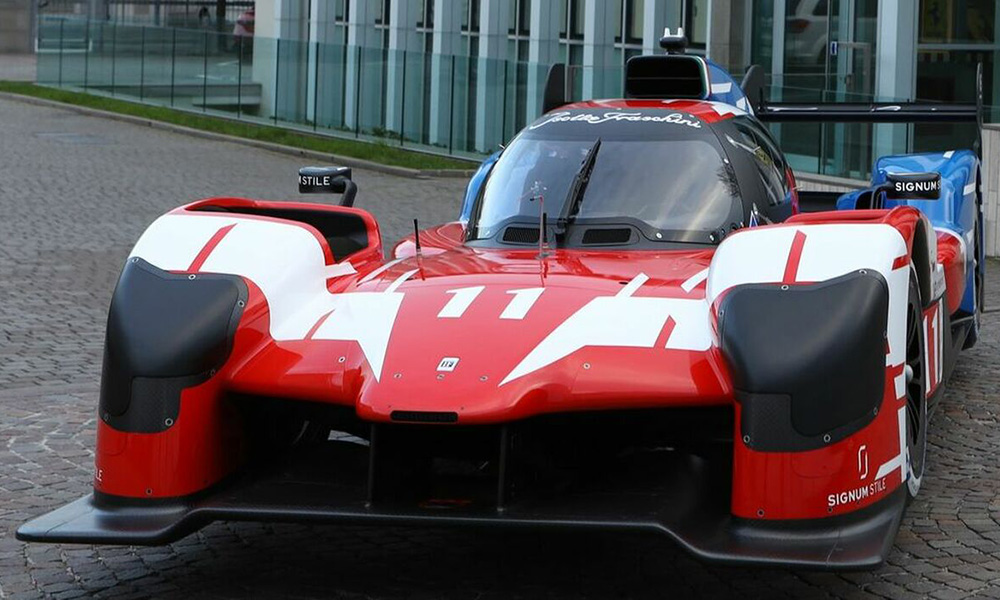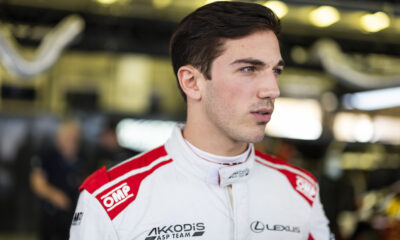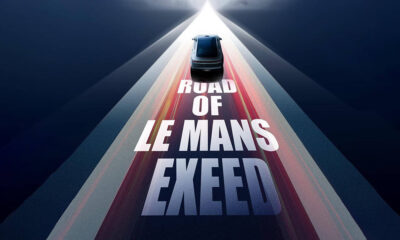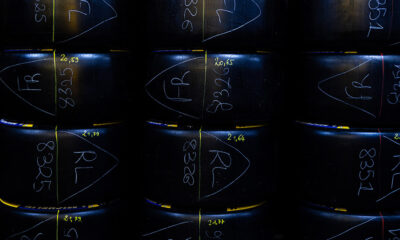
Photo: Isotta Fraschini
Isotta Fraschini is planning to shake down its new LMH car, the Tipo 6 LMH Competizione, on track next month according to its motorsport managing director Claudio Berro.
The revived Italian automaker, which built luxury road cars in the early 20th century, is planning to enter the FIA World Endurance Championship full-time next year in collaboration with British team Vector Sport.
Berro told Sportscar365 that Isotta started dyno testing the car’s HWA-tuned 3-liter twin-turbo V6 engine at AVL three weeks ago and will move along with a detailed testing program that includes on-track running.
“I think we stay [on the dyno] for one or two weeks, depending on the time [it takes] to set the software,” said Berro.
“After that, the body and aerodynamic concept are OK. We [will] put it together with the rolling chassis and test on the circuit.
“The expectation is to be on the circuit in April. It depends on the software setup of the car.
“For us, it’s important to test and test. After that, we have to go back again to the wind tunnel. We have to fix the aerodynamics of the car. And after that, we have to organize the homologation with the FIA. But before homologating the car, we need to run, run, run.”
Isotta is aiming to have multiple test cars available to maximize its data-gathering and ensure it can maintain a consistent test program if one vehicle encounters issues.
“In two months’ time, we will have two cars running,” Berro said. “In this way, we will have the capacity to accelerate the development. This is what Ferrari did: they tested with two cars.”
Berro indicated that Isotta, which is aiming to build four Tipo 6 chassis, is flexible on its homologation timeline for the car.
The manufacturer previously stated that it hopes to enter select WEC races this year, like how Peugeot ran its 9X8 in three of last season’s rounds, but such a program is “not mandatory” according to the project head.
“When we homologate the car, we freeze the car,” Berro explained. “If we have to make a modification, we have to spend money and play jokers.
“Maybe it’s better to test one month more and do the homologation a little bit later, to have a car [that is] ready to go.
“This year, it is not mandatory for us to compete in the championship. It’s clear we want to go in one, two or three races, depending on when the car will be homologated, to test the car and compare it with others. But the car needs to be competitive.”
Isotta opted to develop its LMH car with a front axle hybrid system, joining Toyota, Ferrari and Peugeot in that design philosophy.
The Tipo 6 carries a Helix electric motor and a 900-volt lithium-ion battery from Williams Advanced Engineering.
Glickenhaus and ByKolles – racing under the Vanwall name – have also produced LMH cars but without the hybrid system, while all LMDh cars share the same rear-axle hybrid unit.
Berro explained that Isotta went down the more expensive and complicated hybrid LMH route because it wants to have electrified powertrains in a planned roster of road cars.
“To take a chassis like [LMDh manufacturer] BMW, it was not our challenge,” he said.
“Our challenge was to do the full car. It is more complexity and [takes] more time to set everything. But if you have a chassis ready, it’s not 50 percent of the car: it’s more.
“For us to have everything new, it’s more complex. But we learn more.
“Tomorrow [in the future] we would like to start a road version of the Hypercar. In this way, we will have the know-how internally.
“When the customer buys the car, they buy a full Isotta Fraschini car. Not half and half. It’s a strong challenge. But it’s in our mentality.”
Driver Selection “Not the Priority” Yet
Berro stressed that selecting a driver lineup for next year’s WEC program is “not the priority” for Isotta as it first focuses on the development and testing of its LMH car.
Vector Sport driver Ryan Cullen is expected to be involved in the work, however no confirmation has been made regarding who will drive for the Anglo-Italian partnership.
According to Berro, Isotta is in contact with “around 10 drivers” about potential race seats.
“I am having discussions with a lot of drivers,” he said.
“Probably we finalize one test driver for the first kilometers. At the moment, drivers are not the priority. When we are able to compete, we will decide together with the team.
“The priority is to have a strong car, with reliability and performance. Then, if we give the driver a good car, the driver will be fast.”

























